Home>Interior Design>Professional Organizers Urge Against These Tidying Jobs
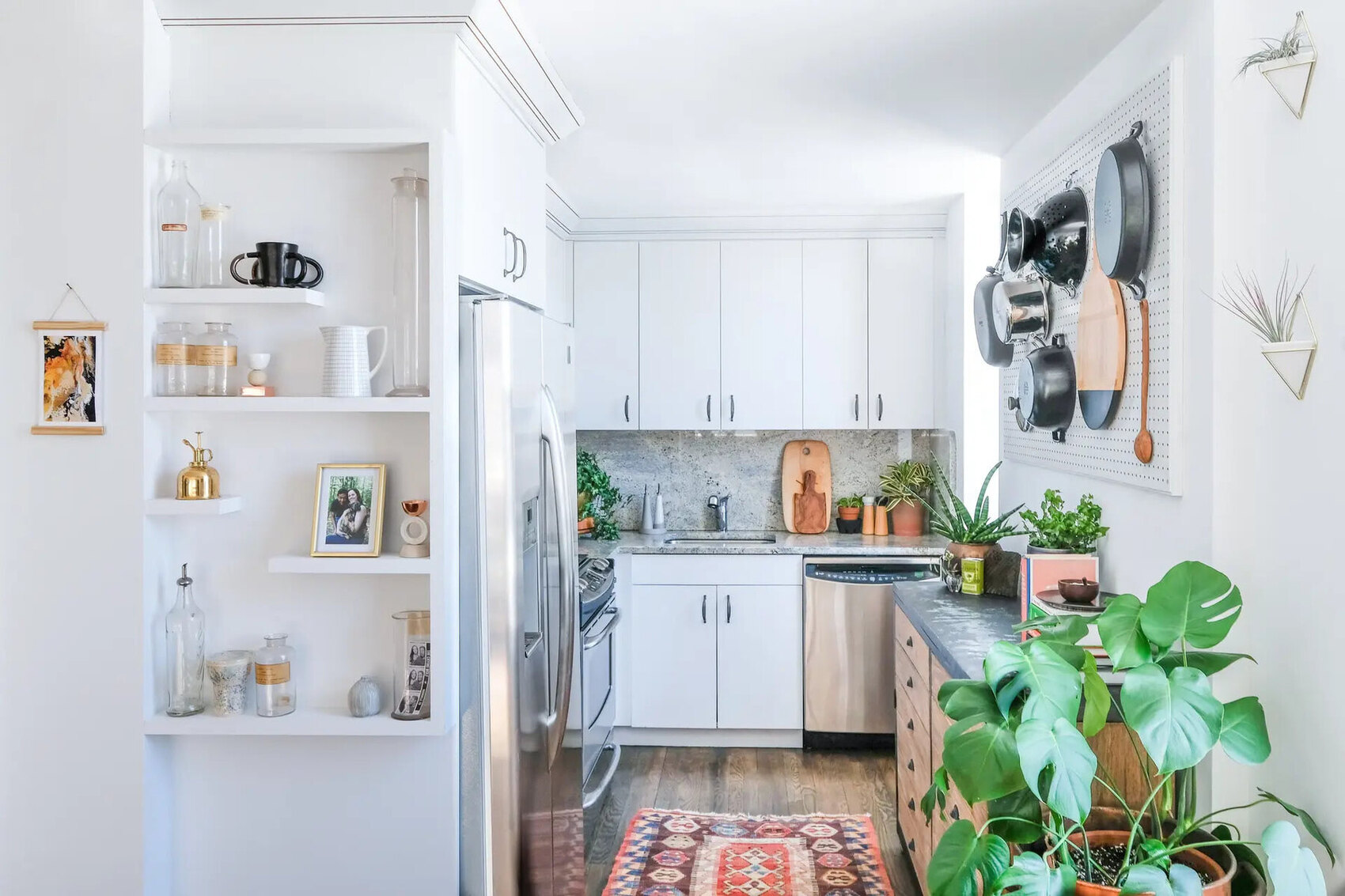

Interior Design
Professional Organizers Urge Against These Tidying Jobs
Modified: November 2, 2024
Professional organizers caution against tackling certain tidying jobs yourself. Find out why interior design experts recommend seeking professional help for these tasks.
(Many of the links in this article redirect to a specific reviewed product. Your purchase of these products through affiliate links helps to generate commission for Storables.com, at no extra cost. Learn more)
Introduction
Welcome to the world of interior design! As an expert in the field, I’m excited to share my knowledge and insights with you. Whether you’re a homeowner looking for inspiration or a budding interior designer seeking guidance, this article is sure to provide you with valuable information on how to create a beautiful and functional space.
When it comes to interior design, there are a few key principles that should guide your decision-making process. From choosing the right color palette to optimizing the use of space, each element plays a vital role in creating a cohesive and aesthetically pleasing environment. In this article, we will explore various aspects of interior design and offer tips and tricks to help you achieve the best results.
One of the first considerations in interior design is understanding the purpose and functionality of the space. Are you designing a living room that should prioritize comfort and relaxation, or a home office that needs to foster productivity? By identifying the main function of each room, you can make informed decisions about furniture placement, lighting, and other design elements.
Another important aspect to consider is the style and theme of your space. From minimalist and contemporary to traditional and rustic, there are endless design styles to choose from. It’s important to select a style that resonates with your personal taste and complements the overall aesthetic of your home. This will help create a cohesive and harmonious atmosphere throughout.
Color plays a significant role in establishing the mood and atmosphere of a space. Vibrant and bold colors can inject energy and personality, while soft and neutral tones create a calming and serene environment. It’s important to choose colors that not only reflect your personal style but also create a sense of balance and harmony within the room. Pro tip: Consider incorporating a color scheme with complementary or analogous colors for a polished look.
Lighting is another crucial factor in interior design. Proper lighting can enhance the ambiance and functionality of a space. Natural light is highly desirable, so make sure to maximize the use of windows and consider adding mirrors to reflect and amplify the natural light. In addition, strategically placed artificial lighting, such as pendant lights or table lamps, can create a cozy and inviting atmosphere in the evening.
Key Takeaways:
- Decluttering sentimental items is a personal journey. Assess emotional significance, digitize, and seek support to create an emotionally balanced and clutter-free space.
- Organize digital files with a logical folder structure, descriptive file names, and regular decluttering. Backup files and use file organization tools for a clutter-free digital environment.
Decluttering Sentimental Items
Decluttering can be a challenging process, especially when it comes to sentimental items that hold emotional value. However, it’s important to strike a balance between keeping meaningful possessions and creating a clutter-free space. Here are some tips for decluttering sentimental items:
- Assess the emotional significance: Take the time to evaluate each sentimental item and determine its true emotional value. Ask yourself if the item truly brings you joy and if it contributes positively to your life. If an item no longer holds the same emotional attachment, it may be time to let go.
- Display and honor: Identify a few key sentimental items that hold significant value and find creative ways to display or incorporate them into your décor. This allows you to honor the memories associated with these items without overwhelming your space.
- Digitize: Consider digitizing sentimental items such as photographs, letters, or documents. This not only frees up physical space but also provides a secure and easily accessible way to preserve and cherish these memories.
- Create a memory box: If you find it difficult to part with certain sentimental items, designate a specific box or container to store them. Limit the space to ensure that you only keep what truly matters, and revisit the box occasionally to re-evaluate its contents.
- Donate or gift: If you have sentimental items that are in good condition but no longer serve a purpose for you, consider donating or gifting them to someone who would truly appreciate them. Knowing that your items are going to someone who will cherish them can make the process of letting go easier.
- Seek support: Decluttering sentimental items can be an emotional task, so don’t hesitate to seek support from a friend or family member. Having someone to offer guidance and provide an outside perspective can help you make more objective decisions.
Remember, decluttering sentimental items is a personal journey, and there’s no right or wrong way to go about it. The goal is to create a space that reflects your present and future self, while still honoring the memories and emotions associated with certain items. Be patient with yourself and celebrate each step forward in creating a clutter-free and emotionally balanced environment.
Organizing Your Digital Files
In today’s digital age, it’s essential to have a well-organized system for managing your digital files. Whether it’s important documents, cherished photographs, or work-related files, keeping them organized ensures easy access and peace of mind. Here are some tips to help you organize your digital files:
- Create a folder structure: Start by creating a logical folder structure that reflects your needs and preferences. Divide your files into broad categories and create folders within each category to further organize the files. For example, you could have folders titled “Work,” “Personal,” “Photos,” and so on.
- Use descriptive file names: When naming your files, be specific and descriptive. Avoid generic names like “document1” or “photo2.” Instead, use meaningful names that accurately describe the content of the file. This makes it easier to locate files later on.
- Date-based organization: Consider using a consistent and standardized date format for file names. This helps with chronological organization and ensures that files are arranged in a logical order. You can include the date in the file name or use subfolders with date labels.
- Implement file tagging: Take advantage of file tagging features available in many operating systems and software applications. Tags allow you to add keywords or labels to files, making it easier to search for specific files based on their content or characteristics.
- Regularly clean and declutter: Just like physical clutter, digital clutter can accumulate over time. Set aside regular intervals to review and delete unnecessary files. This helps free up storage space and keeps your digital files more manageable.
- Backup your files: Protect your digital files by regularly backing them up. Use external hard drives, cloud storage services, or a combination of both to ensure you have multiple copies of your important files in case of accidental loss or system failure.
- Implement file organization tools: There are various software tools available that can assist in organizing and managing your digital files. Explore options such as file organizing apps, digital asset management systems, or productivity software that offer robust file management features.
Remember, the key to organizing your digital files is to establish a system that works for you and helps you find files quickly and efficiently. Consistency is essential, so make a habit of organizing files as soon as you create or receive them. With a well-organized digital filing system, you’ll have a clutter-free and easily navigable digital environment.
Sorting and Storing Important Documents
Sorting and storing important documents is crucial for maintaining order and ensuring that you can easily access them when needed. From legal documents to financial records, here are some tips to help you effectively organize and store your important documents:
- Create a filing system: Start by creating a filing system that suits your needs. Use categories such as “Personal,” “Finance,” “Legal,” and “Medical” to classify your documents. Within each category, create subcategories based on the specific types of documents you possess.
- Sort and purge: Begin by sorting through your existing documents and getting rid of any outdated or unnecessary ones. Shred or securely dispose of documents that contain sensitive information but are no longer needed.
- Label and index: Label your folders clearly using broad categories and subcategories. Use index tabs or labels to make it easy to locate specific types of documents within each category.
- Use archival-quality storage containers: Invest in sturdy and acid-free storage containers such as file boxes or binders to protect your documents from damage. Avoid using containers made from materials like PVC, as they can deteriorate over time and damage the documents.
- Consider digital storage: For added security and ease of access, consider digitizing important documents. Scan them and store them in encrypted digital formats using reputable cloud storage or backup services. Make sure to keep backups of digital files in multiple secure locations.
- Implement a document retention policy: Establish a document retention policy, which outlines how long you should keep different types of documents. This helps ensure that you retain important documents for the required period while safely disposing of documents that are no longer needed.
- Maintain regular maintenance: Regularly review and update your document storage system. Remove documents that are no longer relevant or required, and ensure that newly acquired documents are promptly filed in the appropriate categories.
- Secure your documents: Protect your important documents by storing them in a secure location. Consider options such as fireproof safes, safety deposit boxes, or locked file cabinets. If you choose to store documents at home, ensure the area is dry, away from direct sunlight, and protected from potential hazards.
By following these tips, you can create an efficient and secure system for sorting and storing your important documents. Remember to regularly review and update your system to ensure it remains organized and reflects any changes in your documentation needs.
When tidying, avoid keeping items out of guilt or obligation. Only keep items that bring joy or serve a practical purpose in your life.
Tidying Up Other People’s Spaces
As an interior design professional, you may encounter situations where you need to tidy up other people’s spaces. Whether it’s a client’s home or a shared workspace, it’s essential to approach these situations with sensitivity and respect. Here are some guidelines to help you navigate tidying up other people’s spaces:
- Observe and listen: Before making any changes, take the time to observe and listen to the client’s preferences and needs. Understanding their vision for the space and their specific requirements will guide your tidying efforts and ensure that the final result aligns with their expectations.
- Consult and collaborate: Involve the client in the tidying process whenever possible. Collaborating with them allows you to gain valuable insights about their preferences and ensures that the changes you make align with their personal style and functional needs.
- Prioritize functionality: When tidying up someone else’s space, prioritize functionality over aesthetics. Ensure that the newly organized space meets their practical needs and facilitates their daily activities. Clear pathways, eliminate clutter, and create designated zones for different activities.
- Respect sentimental items: Be mindful of sentimental items that may hold emotional value for the client. Avoid discarding or rearranging personal mementos without their consent. Instead, find creative ways to incorporate these items into the organized space, showcasing their importance while maintaining a clutter-free environment.
- Consider storage solutions: Introduce storage solutions that maximize space and promote organization. This could include adding shelving units, storage containers, or implementing built-in storage options to keep belongings neatly stored away.
- Simplify and declutter: Help the client declutter by identifying items that no longer serve a purpose or bring joy. Encourage them to let go of unnecessary possessions and create a more streamlined and organized environment.
- Respect privacy and confidentiality: When tidying up other people’s spaces, it’s essential to respect their privacy and maintain confidentiality. Avoid sharing personal information or discussing their space with others without their explicit permission.
- Provide maintenance tips: Offer guidance on how to maintain the tidiness and organization of the space in the long term. Educate the client on effective cleaning routines, storage systems, and habits that promote order and prevent clutter from accumulating.
Remember, the goal of tidying up someone else’s space is to create an organized and functional environment that meets their needs and reflects their personal style. By respecting their preferences, collaborating with them, and providing practical solutions, you can help transform their space into a more harmonious and efficient place.
Downsizing and Minimalism
In recent years, downsizing and minimalism have become popular trends in the interior design world. Embracing a minimalist lifestyle not only helps create a clutter-free environment but also promotes a sense of calm and simplicity. Here are some key principles to consider when downsizing and embracing minimalism:
- Evaluate your belongings: Take a thoughtful inventory of your possessions and ask yourself if each item truly serves a purpose or brings you joy. Letting go of unnecessary items not only reduces clutter but also frees up physical and mental space.
- Focus on quality over quantity: Instead of accumulating many items, prioritize investing in high-quality pieces that will stand the test of time. Choose furniture and decor that are functional and durable, while also aligning with your personal aesthetic.
- Simplify your color palette: Opt for a neutral and cohesive color palette that creates a harmonious and calming atmosphere. Minimalism often emphasizes a clean and serene aesthetic, so choose colors that promote relaxation and visual clarity.
- Declutter and organize systematically: Take a systematic approach to decluttering and organizing your space. Start with one area at a time, such as a room or a specific category of items. Sort through belongings, donate or sell what you no longer need, and find designated places for everything.
- Maximize storage solutions: Utilize clever storage solutions to keep your space organized and belongings out of sight when not in use. Consider furniture with hidden storage compartments, vertical shelving, and multi-functional pieces that serve multiple purposes.
- Embrace minimalist design principles: Minimalist design often emphasizes clean lines, uncluttered spaces, and a focus on functionality. Opt for simple yet impactful design elements, such as sleek furniture, natural materials, and minimalistic decor.
- Curate your space mindfully: Select a few meaningful and decorative items to display, rather than overwhelming your space with numerous accessories. Each chosen item should have a purpose and hold sentimental or aesthetic value.
- Maintain a clutter-free mindset: Adopt a clutter-free mindset by regularly reevaluating your belongings and resisting the urge to accumulate unnecessary items. Regularly decluttering and organizing your space will help you maintain a minimalist and peaceful environment.
Embracing downsizing and minimalism in your living space can lead to a more functional, organized, and visually pleasing home. By carefully evaluating your belongings, simplifying your color palette, and incorporating minimalist design principles, you can create a space that promotes tranquility and a sense of well-being.
Conclusion
Interior design is a fascinating and ever-evolving field that allows us to create beautiful and functional spaces that enhance our daily lives. From decluttering sentimental items to embracing minimalism and downsizing, there are various strategies and principles that can guide us in achieving our desired aesthetic and organizational goals.
By understanding the purpose and functionality of each space, we can make informed decisions about furniture placement, color palettes, and lighting to create an environment that reflects our personal style and supports our lifestyle. Tidying up other people’s spaces requires empathy, collaboration, and respect for their preferences and needs. It is a wonderful opportunity to transform a space into one that is organized, harmonious, and reflective of the individuals who inhabit it.
Sorting and storing important documents is essential for maintaining order and ease of access. Creating a filing system, labeling documents, and implementing a document retention policy ensure that important records are securely stored and readily available when needed.
Downsizing and embracing minimalism can bring a sense of clarity and peace to our lives. By letting go of unnecessary possessions, focusing on quality over quantity, and simplifying our color palette, we can create a visually pleasing and functional space that promotes tranquility and a clutter-free mindset.
As we embark on our interior design journeys, let us remember that the key to successful design lies in finding the balance between aesthetic appeal and practicality. By incorporating these principles and strategies into our approach, we can create spaces that not only look stunning but also enhance our daily lives.
So, whether you are designing your own space or helping others transform their environments, I hope this article has provided you with valuable insights and inspiration. Happy designing!
Frequently Asked Questions about Professional Organizers Urge Against These Tidying Jobs
Was this page helpful?
At Storables.com, we guarantee accurate and reliable information. Our content, validated by Expert Board Contributors, is crafted following stringent Editorial Policies. We're committed to providing you with well-researched, expert-backed insights for all your informational needs.

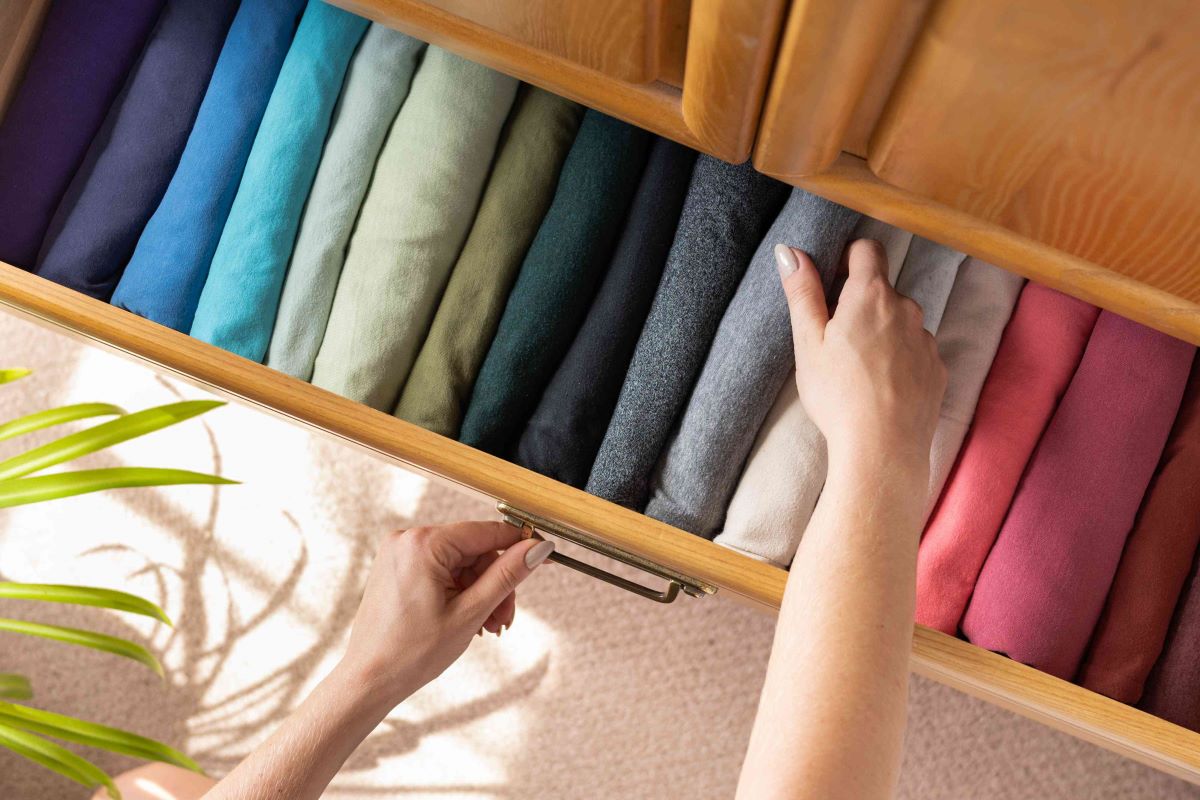
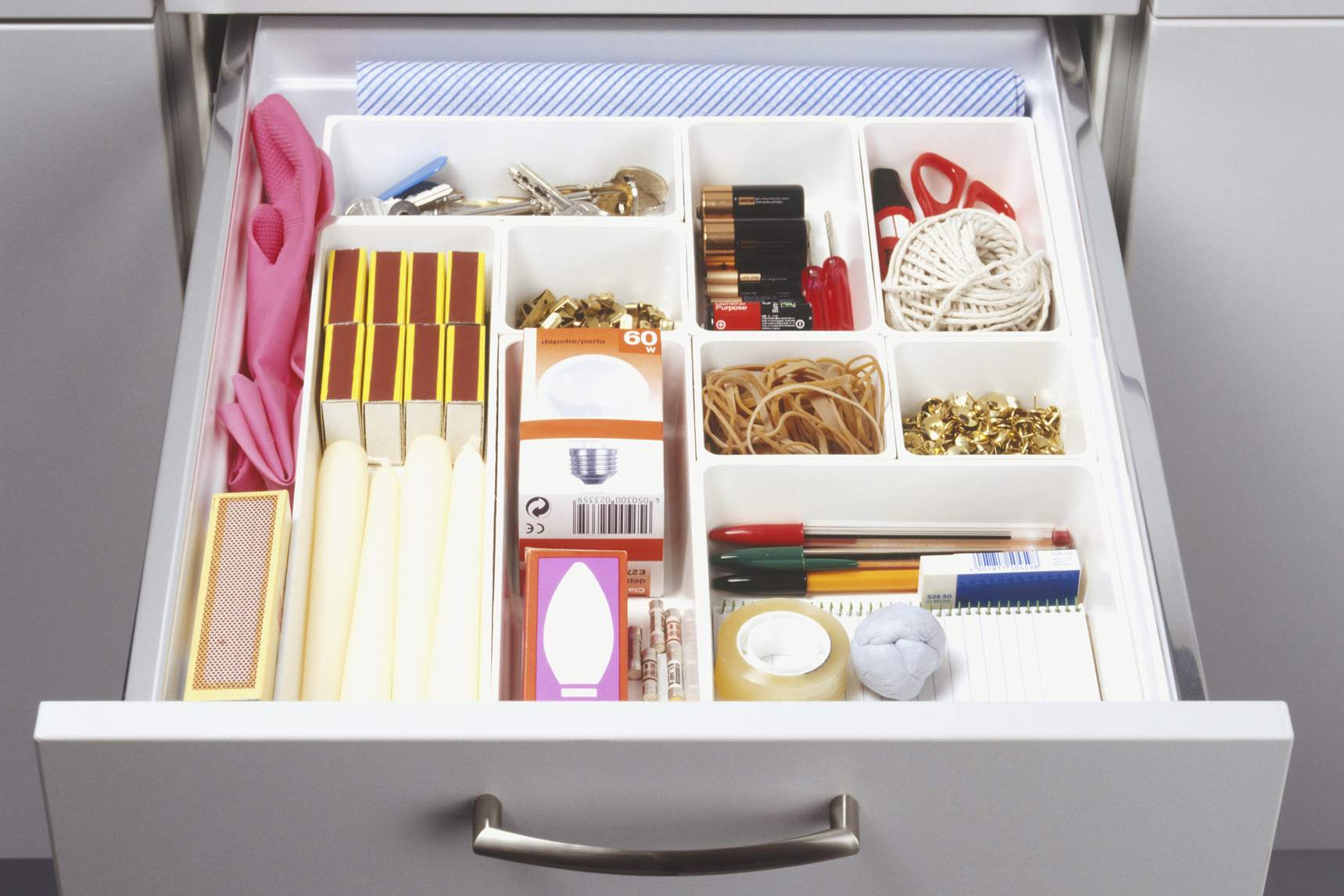
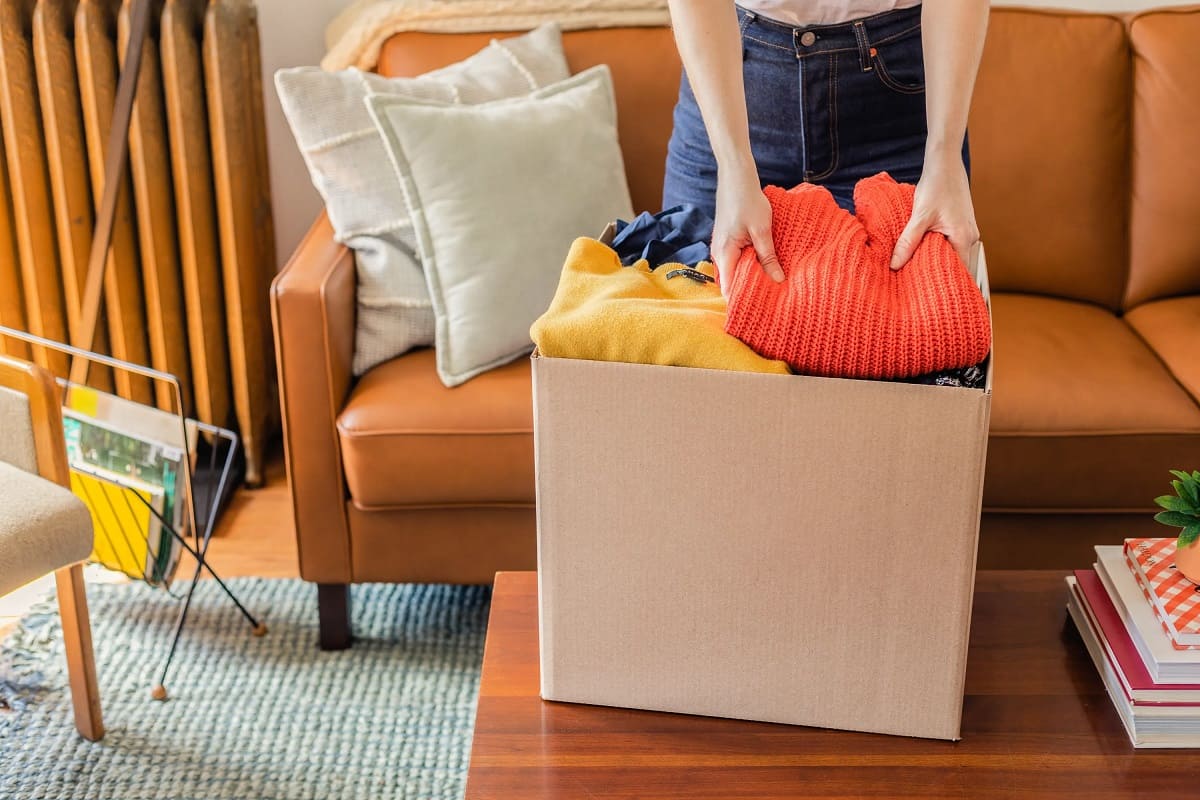
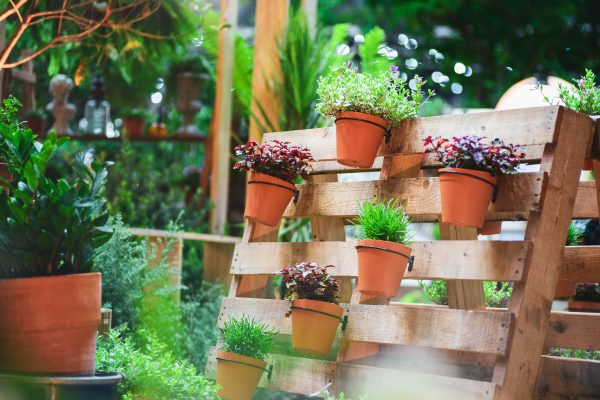
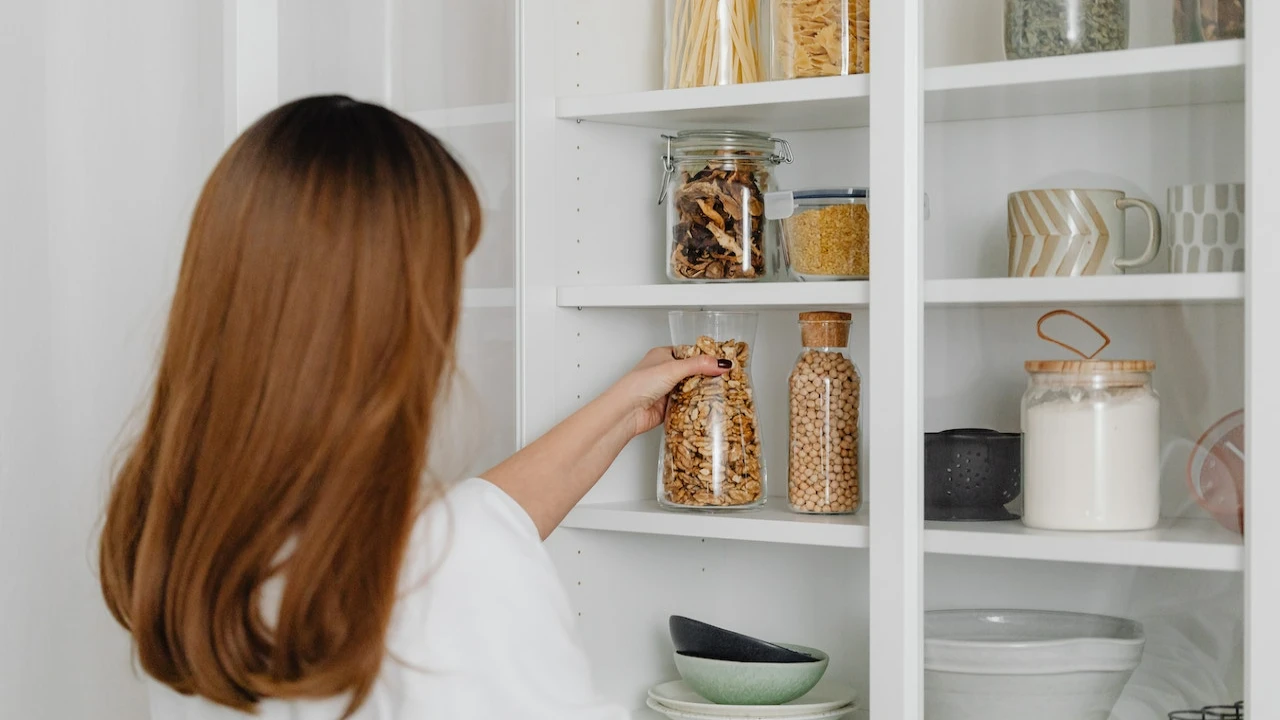
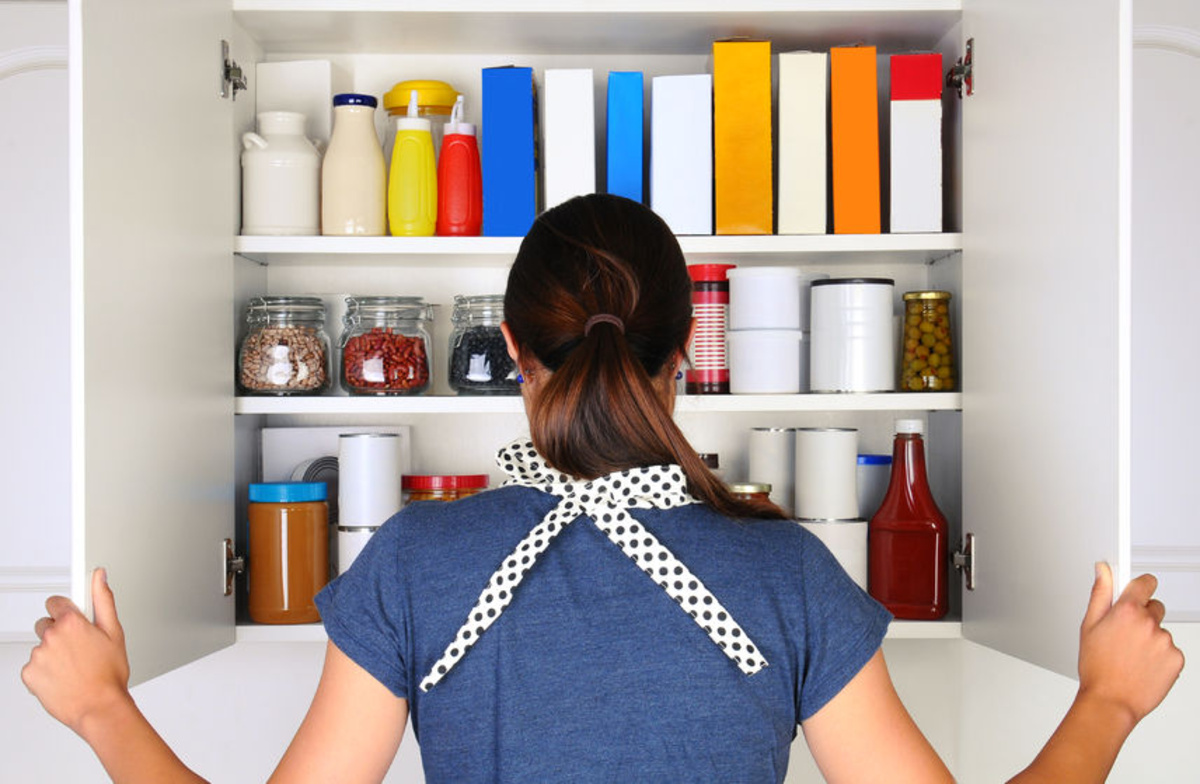
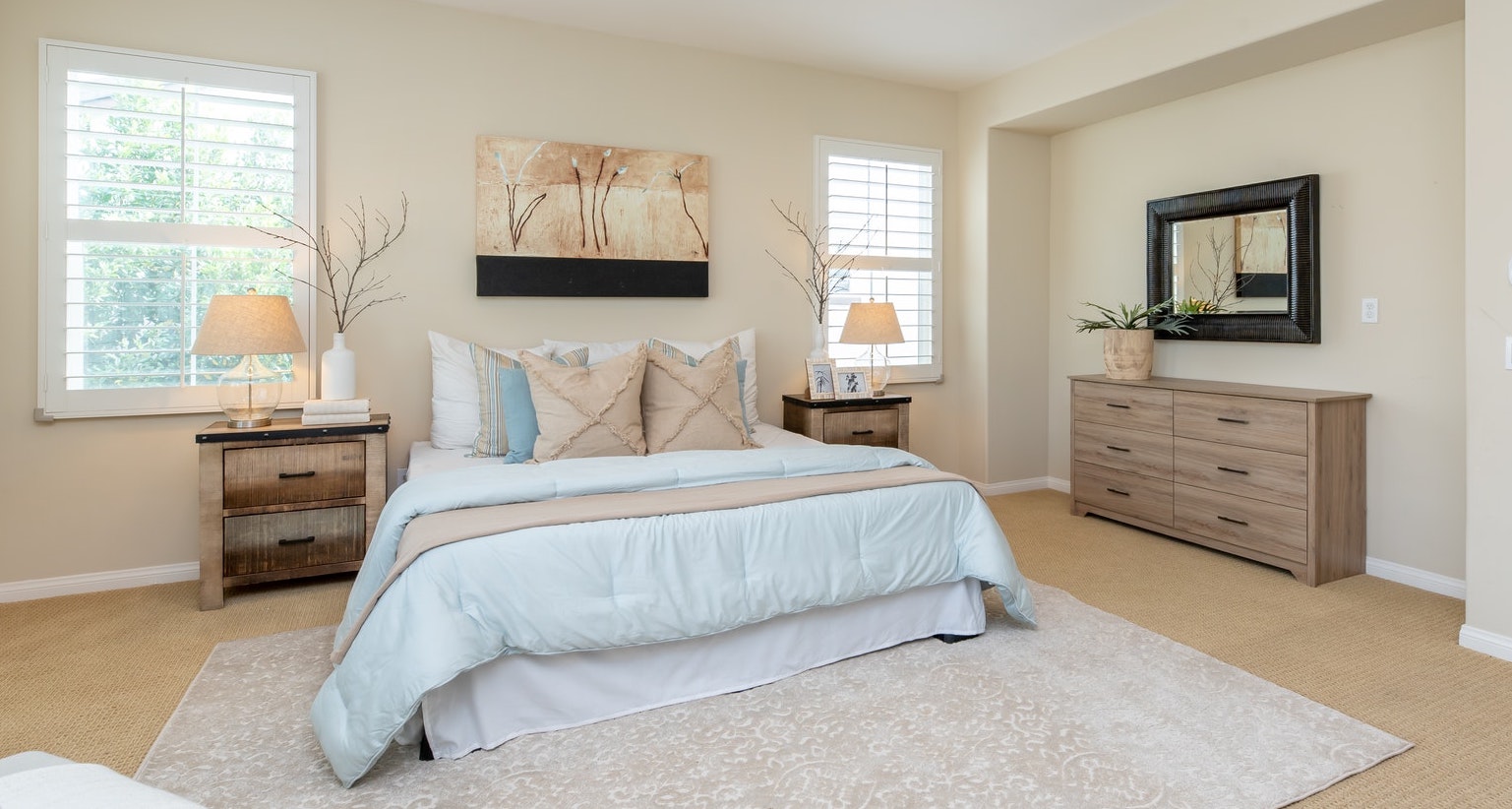
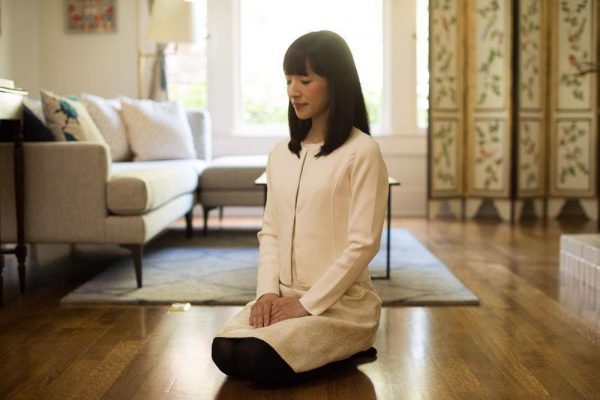

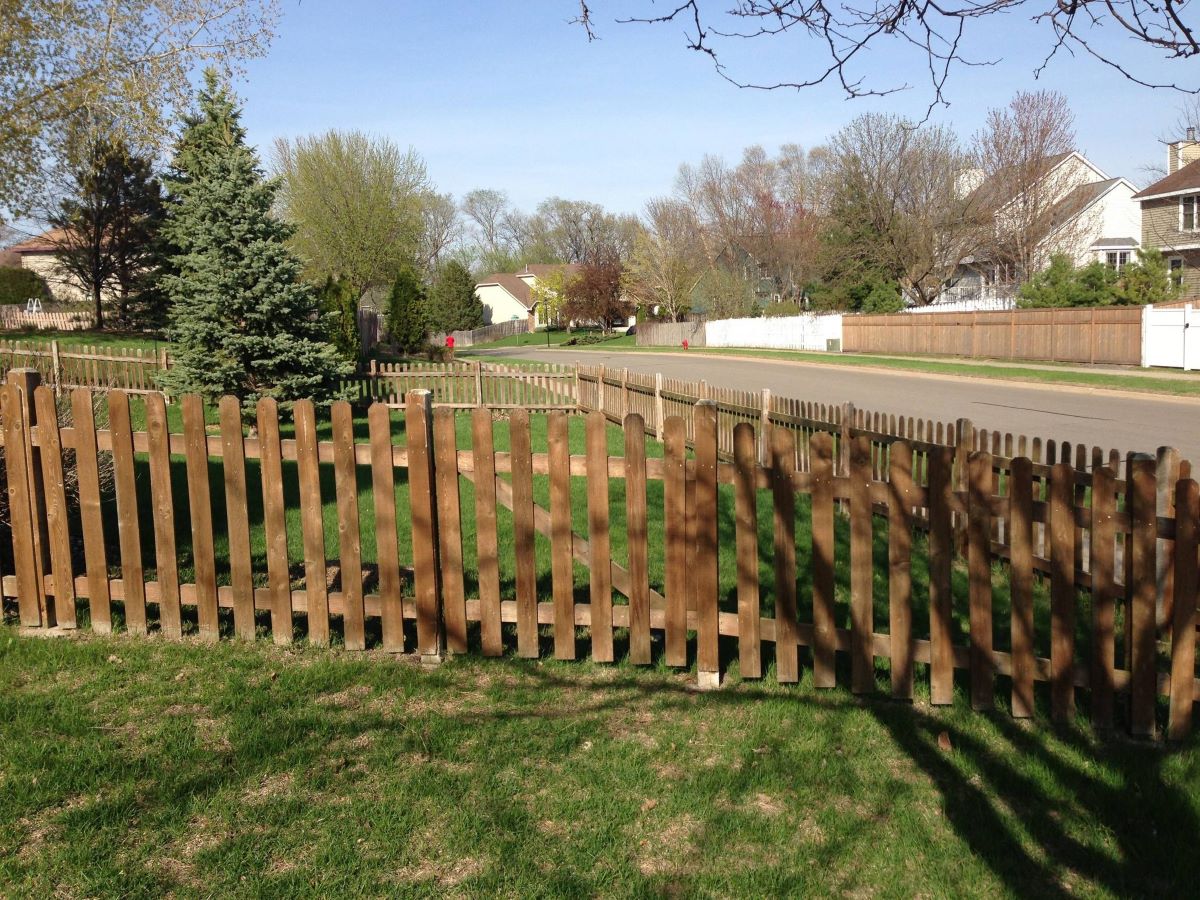


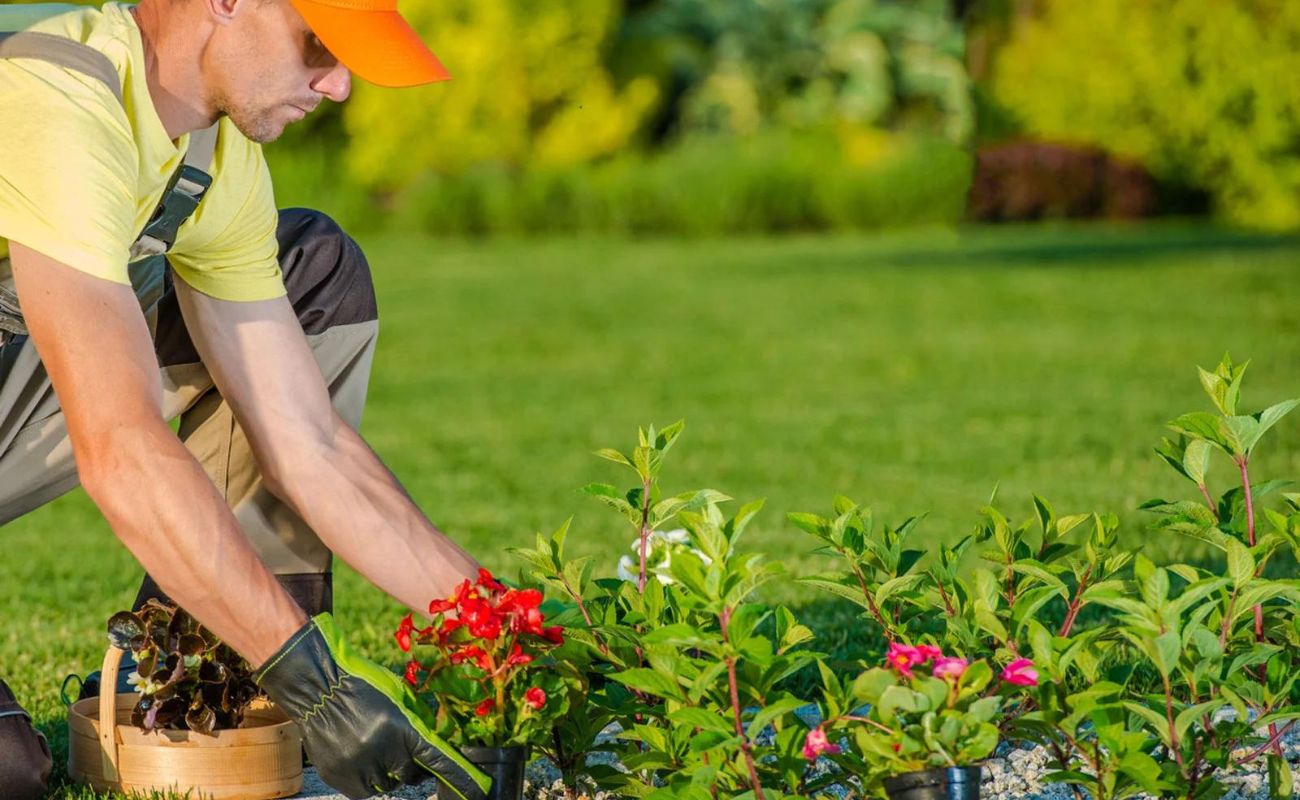

0 thoughts on “Professional Organizers Urge Against These Tidying Jobs”